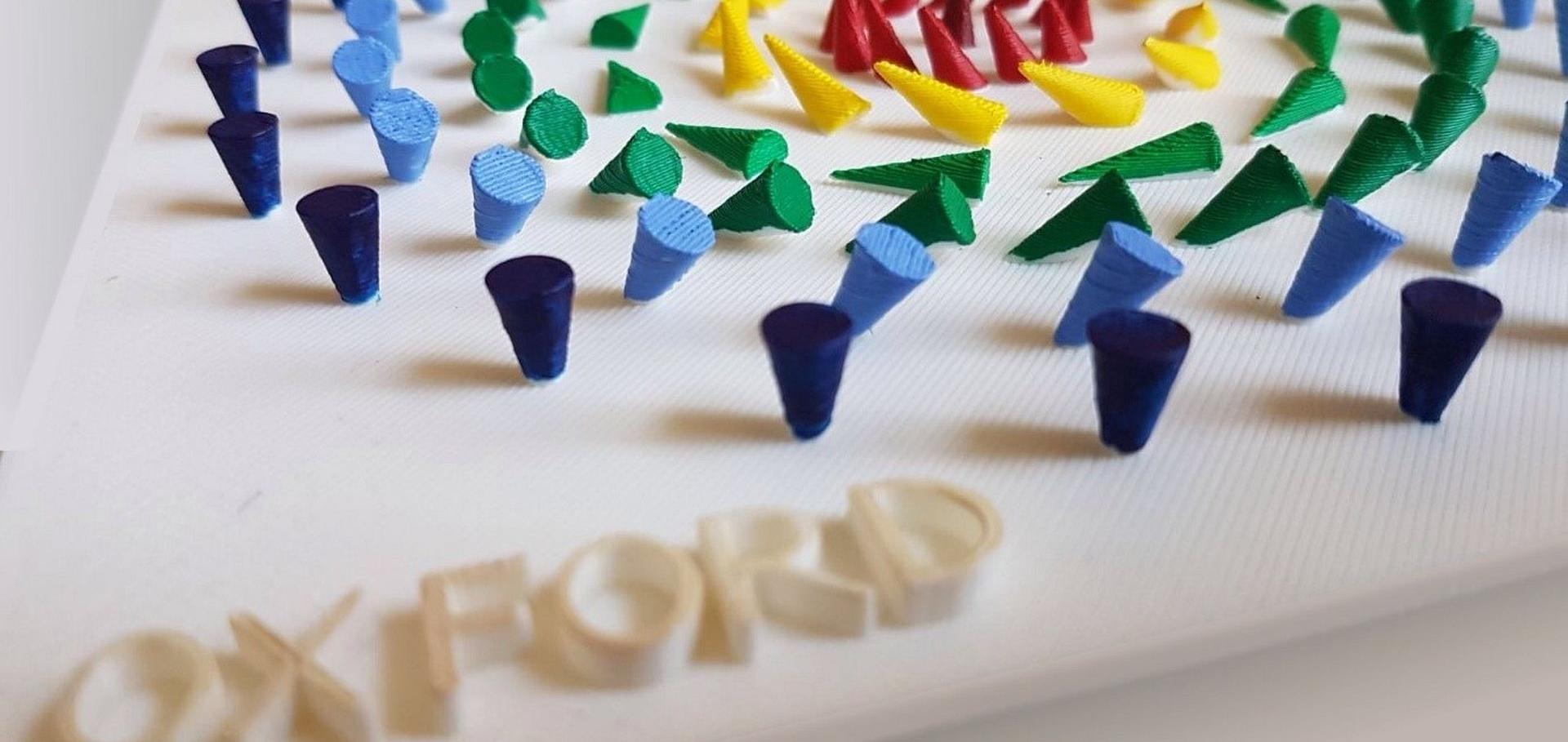Angular control of a hybrid magnetic metamolecule using anisotropic FeCo
Physical Review Applied American Physical Society 4:5 (2015) 054015
Abstract:
By coupling magnetic elements to metamaterials, hybrid metamolecules can be created with useful properties such as photon-magnon mode mixing. Here, we present results for a split-ring resonator (SRR) placed in close proximity to a thin crystalline film of magnetically hard FeCo. Eddy-current shielding is suppressed by patterning the FeCo into 100-μm disks. At the ferromagnetic resonance (FMR) condition of FeCo, photon-magnon coupling strengths of 5% are observed. Altogether, three distinct features are presented and discussed: (i) remanent magnets allow FMR to be performed in a near-zero field, partially eliminating the need for applied fields; (ii) the anisotropic FMR permits angular control over hybrid SRR and FMR resonances; and (iii) the in-plane and out-of-plane magnetization of FeCo opens the door to “magnetically configurable metamaterials” in real time. Finally, a special study is presented of how best to excite the numerous transverse magnetic and electric modes of the SRR by using near-field excitation from a coplanar waveguide.Massive Dirac fermion observed in lanthanide-doped topological insulator thin films
Scientific Reports Nature Publishing Group 5:1 (2015) 15767
Abstract:
The breaking of time reversal symmetry (TRS) in three-dimensional (3D) topological insulators (TIs) and thus the opening of a ‘Dirac-mass gap’ in the linearly dispersed Dirac surface state, is a prerequisite for unlocking exotic physical states. Introducing ferromagnetic long-range order by transition metal doping has been shown to break TRS. Here, we present the study of lanthanide (Ln) doped Bi2Te3, where the magnetic doping with high-moment lanthanides promises large energy gaps. Using molecular beam epitaxy, single-crystalline, rhombohedral thin films with Ln concentrations of up to ~35%, substituting on Bi sites, were achieved for Dy, Gd and Ho doping. Angle-resolved photoemission spectroscopy shows the characteristic Dirac cone for Gd and Ho doping. In contrast, for Dy doping above a critical doping concentration, a gap opening is observed via the decreased spectral intensity at the Dirac point, indicating a topological quantum phase transition persisting up to room-temperature.Topological computation based on direct magnetic logic communication
Scientific Reports Nature Publishing Group 5 (2015)
Abstract:
Non-uniform magnetic domains with non-trivial topology, such as vortices and skyrmions, are proposed as superior state variables for nonvolatile information storage. So far, the possibility of logic operations using topological objects has not been considered. Here, we demonstrate numerically that the topology of the system plays a significant role for its dynamics, using the example of vortex-antivortex pairs in a planar ferromagnetic film. Utilising the dynamical properties and geometrical confinement, direct logic communication between the topological memory carriers is realised. This way, no additional magnetic-to-electrical conversion is required. More importantly, the information carriers can spontaneously travel up to ~300 nm, for which no spin-polarised current is required. The derived logic scheme enables topological spintronics, which can be integrated into large-scale memory and logic networks capable of complex computations.Magnetic proximity-enhanced Curie temperature of Cr-doped Bi₂Se₃ thin films
Physical Review B American Physical Society 92:9 (2015) 094420
Abstract:
We report a study on the transition temperature, T_C, of a Cr-doped Bi2Se3 topological insulator thin film, where an increase in the ferromagnetic onset can provide a pathway towards low-power spintronics applications. Arrott plots, obtained by Cr L_2,3 x-ray magnetic circular dichroism as a function of field at various low temperatures, give a T_C ~7 K. This is similar to the bulk value of the sample, which means that there is no indication the spontaneous magnetization is different near the surface. Evaporation of a thin layer of Co onto the pristine surface of the in-situ cleaved sample increases the ordering temperature to ~19 K. X-ray absorption spectroscopy shows that Cr enters the Bi2Se3 host matrix in a divalent state, and is unchanged by the Co deposition.Exchange spring switching in Er-doped DyFe2/YFe2 magnetic thin films
Physical Review B American Physical Society (APS) 92:10 (2015) 104404


